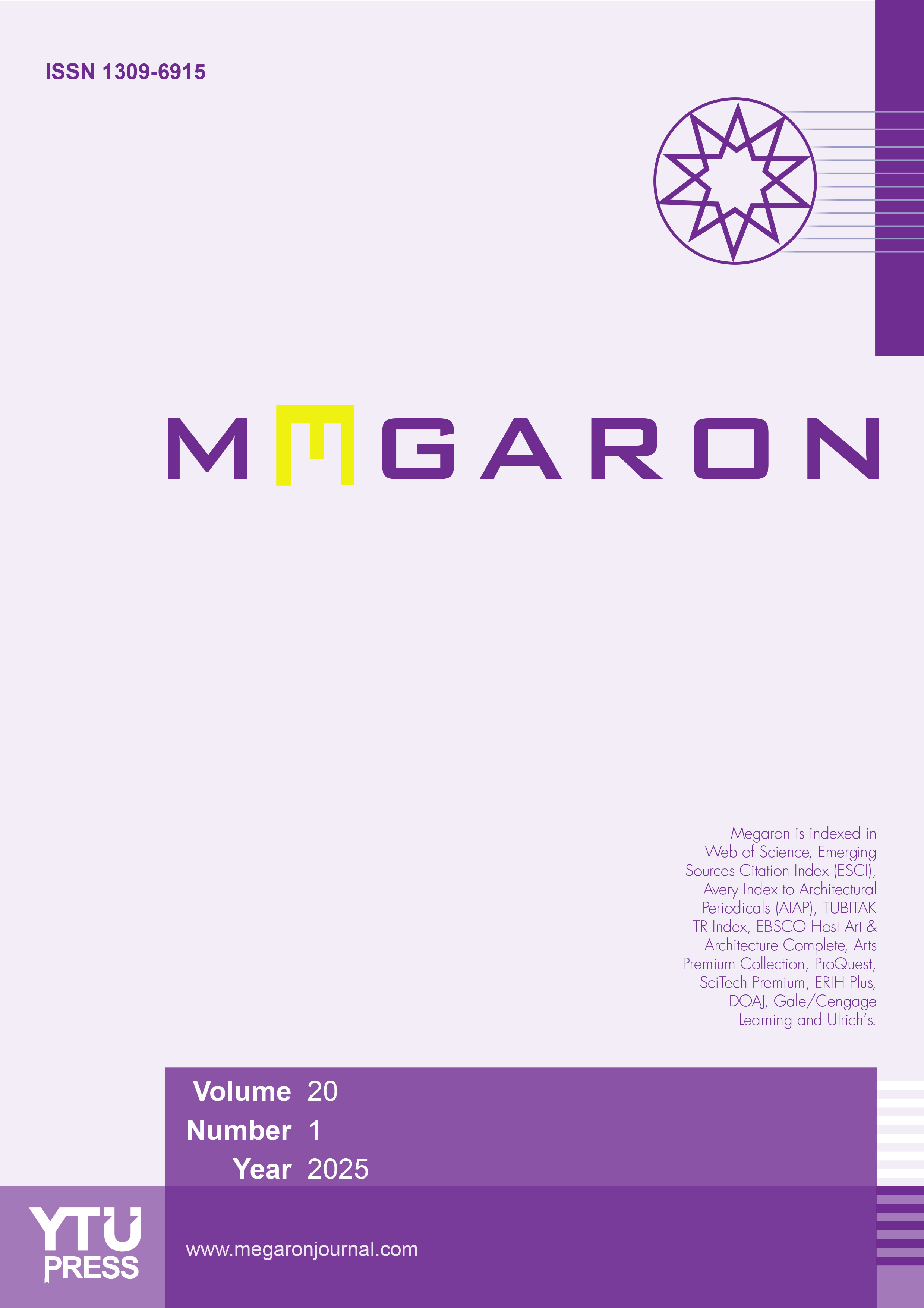Analysis of Kayaköy within the scope of the sustainability of the vernacular architecture
Pınar Kısa Ovalı, Nilay DelibaşDepartment Of Architecture, Trakya University, Edirne, TurkeyVernacular architecture contains tangible and intangible values of identity belong to the culture where it is included. The construction of the vernacular architecture which is organised by local people, has the use of recyclable natural resources. Vernacular architecture has devised original plan typology and construction systems based on to respect to nature and people. Therefore, it is important to set the formation criteria of vernacular architecture, to ensure the development of an environmentally sensitive architecture culture and to re-interpret the gained information which is technological developments in parallel.
In this study which is based on the feature of guideway of vernacular architecture, Kayaköy which is the settlement of Anatolian-Greek is went around as a local value which contains in itself ecologic configuration knowledge which is contributed to sustainable architecture. Analysis of knowledge on the settlement will be evaluated "VerSus: Vernacular Heritage Sustainable Architecture" which is supported by Europen Union Culture Programme, is carried out by partnership four countries. It is presented effort of analyzing the codes of the vernacular construction contained the fifteen principles and strategies and also schematic expressing of data based on photo, drawing and observations obtained from field survey with in environmental, socio-cultural and socio-economic of sustainability.
Keywords: Kayaköy, Vernacular Architecture, Environmental Sustainability, Socio-Cultural Sustainability, Socio-Economic Sustainability
Yerel mimarinin sürdürülebilirliği kapsamında Kayaköy'ün çözümlemesi
Pınar Kısa Ovalı, Nilay DelibaşTrakya Üniversitesi Mimarlık Fakültesi, Bina Bilgisi Ana Bilim Dalı, EdirneYerel mimari, içinde yer aldığı kültüre özgü soyut ve somut kimlik değerleri barındırır. Yerel halk tarafından organize edilen bu mimarinin geri dönüşebilir doğal kaynak kullanımı vardır. Yerel mimari, doğaya ve insana saygı temelinde özgün plan tipolojileri ve yapım sistemleri geliştirmiştir. Bu nedenle yerel mimarinin oluşum kriterlerini saptamak, çevreye duyarlı bir mimarlık kültürünün gelişimini sağlamak ve elde edilen bilgiyi teknolojik gelişmeye paralel yeniden yorumlamak önemlidir.
Yerel mimarinin geleceğe yol gösterici olma özelliğinden yola çıkan bu çalışmada, Anadolu-Rum yerleşimi olan Kayaköy; sürdürülebilir mimariye girdi oluşturabilecek ekolojik yapılaşma bilgisini barındıran nitelikli bir yerel değer olarak ele alınmaktadır. Yerleşmedeki verilerin çözümlemesi, Avrupa Birliği Kültür Programı tarafından desteklenen ve dört ülke tarafından ortak yürütülen “VerSus (Vernacular Heritage Sustainable Architecture)” projesi kapsamında geliştirilen ilke ve strateji açılımı içinde ele alınmaktadır. Yerelin yapılaşma kodlarını çözümleme çabası; sürdürülebilirliğin çevresel, sosyo-kültürel ve sosyo-ekonomik boyutları içinde, on beş ilke ve stratejilerini içermek üzere, alan çalışmasından elde edilen fotoğraf, çizim ve gözlemlere dayalı bulguların şematik ifadeleri ile sunulmaktadır.
Anahtar Kelimeler: Kayaköy, Yerel Mimari, Çevresel Sürdürülebilirlik, Sosyo-Kültürel Sürdürülebilirlik, Sosyo-Ekonomik Sürdürülebilirlik
Manuscript Language: Turkish








